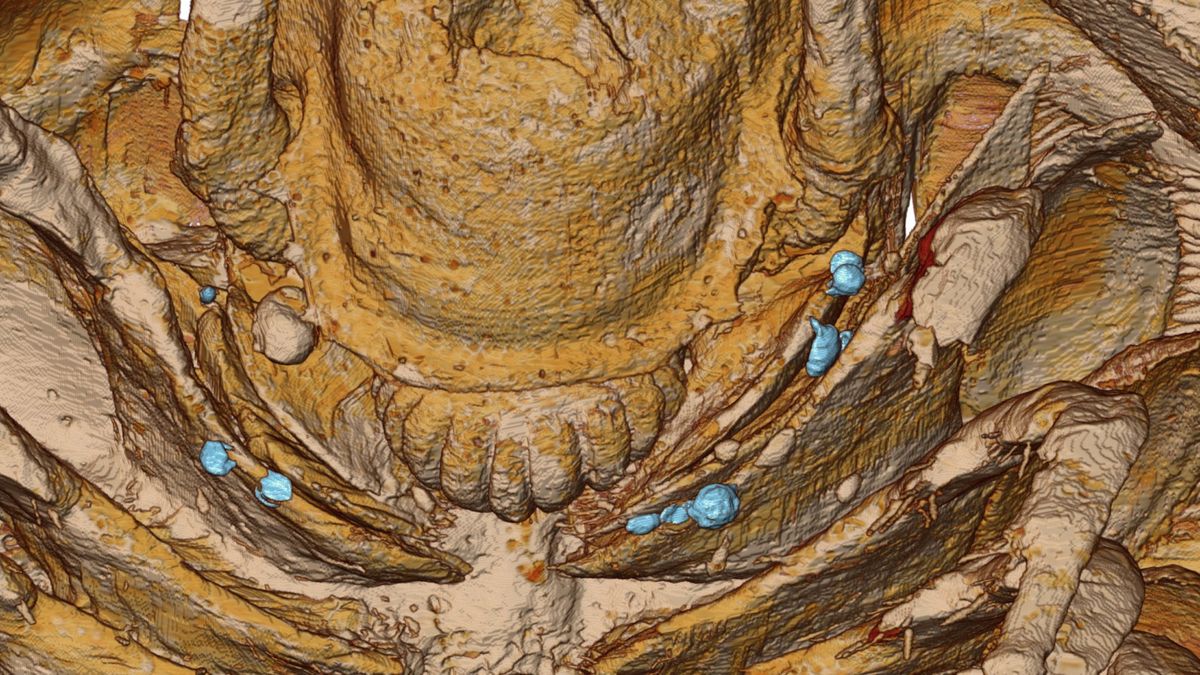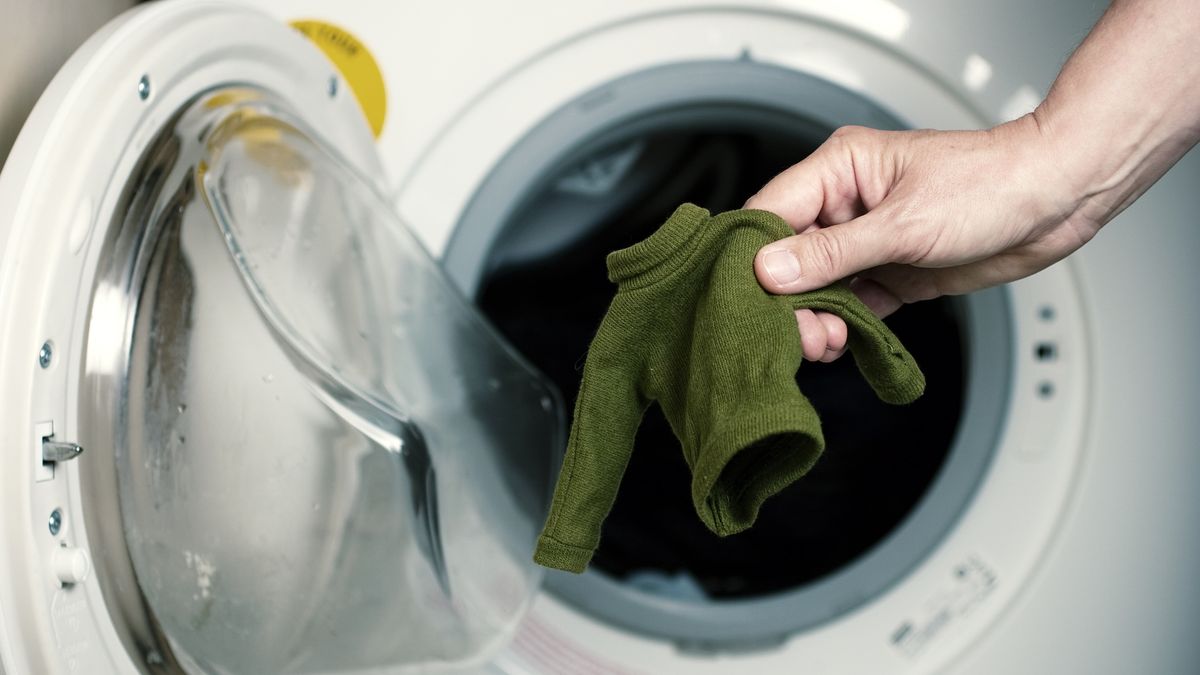It’s happened to the best of us: We throw a new cotton shirt into the dryer without thinking, and voilà — we now have a shirt fit for a toddler.
Cotton is susceptible to this kind of laundry blunder in a way that synthetic fibers, like polyester, are not. A large part of this vulnerability comes down to the individual fibers of the cotton clothes, Jillian Goldfarb, an associate professor of chemical and biomolecular engineering at Cornell University, told Live Science in an email.
“Cotton fabric is made by weaving together fibers from a cotton plant, which themselves are made mostly of cellulose, a natural biopolymer,” she said. “Cotton … is prone to shrinking because its fibers swell when they get wet and then contract as they dry.”
If you’ve ever sweat in cotton clothes, you know firsthand how well they can absorb moisture. On the other hand, synthetic fabrics — like polyester, nylon and spandex — are more resistant to sweat and shrinkage because their tightly woven fibers don’t swell in water.
On a chemical level, weaving cotton fiber for clothing introduces tension that creates a hydrogen bond network, Erika Milczek, a chemist and CEO of biotechnology company CurieCo, told Live Science.
Related: When did humans start wearing clothes?
When variables like heat and water are introduced, this hydrogen bond network can transform, causing fabric to either relax or contract. This is also the science responsible for wrinkles in your clothes, Milczek said.
The science of shrinking
When it comes to accidentally shrinking your cotton clothes, not all items are made equally, Goldfarb said.
“Even when they’re made of the same material, some cotton fabrics are more prone to shrinking than others depending on how the fibers are assembled into a fabric,” she said. “Woven cottons, while they will certainly shrink, see considerably less shrinkage than knit cottons.”
Imagine the intersection of woven cotton fibers like a hashtag, where some fibers are woven under others, Goldfarb said. Yarn woven horizontally is called the “warp,” and yarn woven vertically is called the “weft.”
“As the yarns swell when they’re wet, they push the wefts closer together, shrinking in one direction,” Goldfarb explained. “When the moisture is taken out of the fabric, the fibers contract.” This means that shrinking actually begins before the clothes ever hit the dryer. Shrinking is the dual consequence of water-logged fibers and high heat.
Exactly how much your clothes shrink is determined by a number of factors, Milczek said. For example, it depends on whether you wash your clothes in water alone or add detergent — detergent further disrupts hydrogen bonds — and whether you dry your clothes at high heat or low heat or hang them to dry.
“The temperature [when line drying] is considerably lower, so evaporation occurs much more slowly, and the fibers are not ‘stressed’ by the heat in shrinking,” Goldfarb explained. A line-dried shirt also experiences more consistent humidity between the outdoors and your closet, which can result in less shrinkage, she said.
Saving a shrunk shirt
For some, this knowledge may come a little too late. But don’t fret; there may still be hope for your shrunken garments.
One obvious answer, Milczek said, is to look for clothes that are shrink resistant to begin with. These include cotton clothes with synthetic blends or cotton clothes that have been preshrunk.
If that won’t do the trick, there is a science-backed way to attempt to “unshrink” your clothes.
“Depending on the quality of the yarn and the weave … if we swell the fibers and allow them to dry under tension, it is possible to “unshrink” some cotton fabrics, at least temporarily,” Goldfarb said.
One way to do this at home is to use a steam iron, she said. This reintroduces moisture into the garment to expand the fibers while applying mechanical force to stretch them back out. But tread lightly — this method can also easily swing too far in the opposite direction.
“Of course, it’s easy to ‘overstretch’ your cotton this way, and if it’s done unevenly, you can be left with a rather warped item of clothing.” Goldfarb said.














